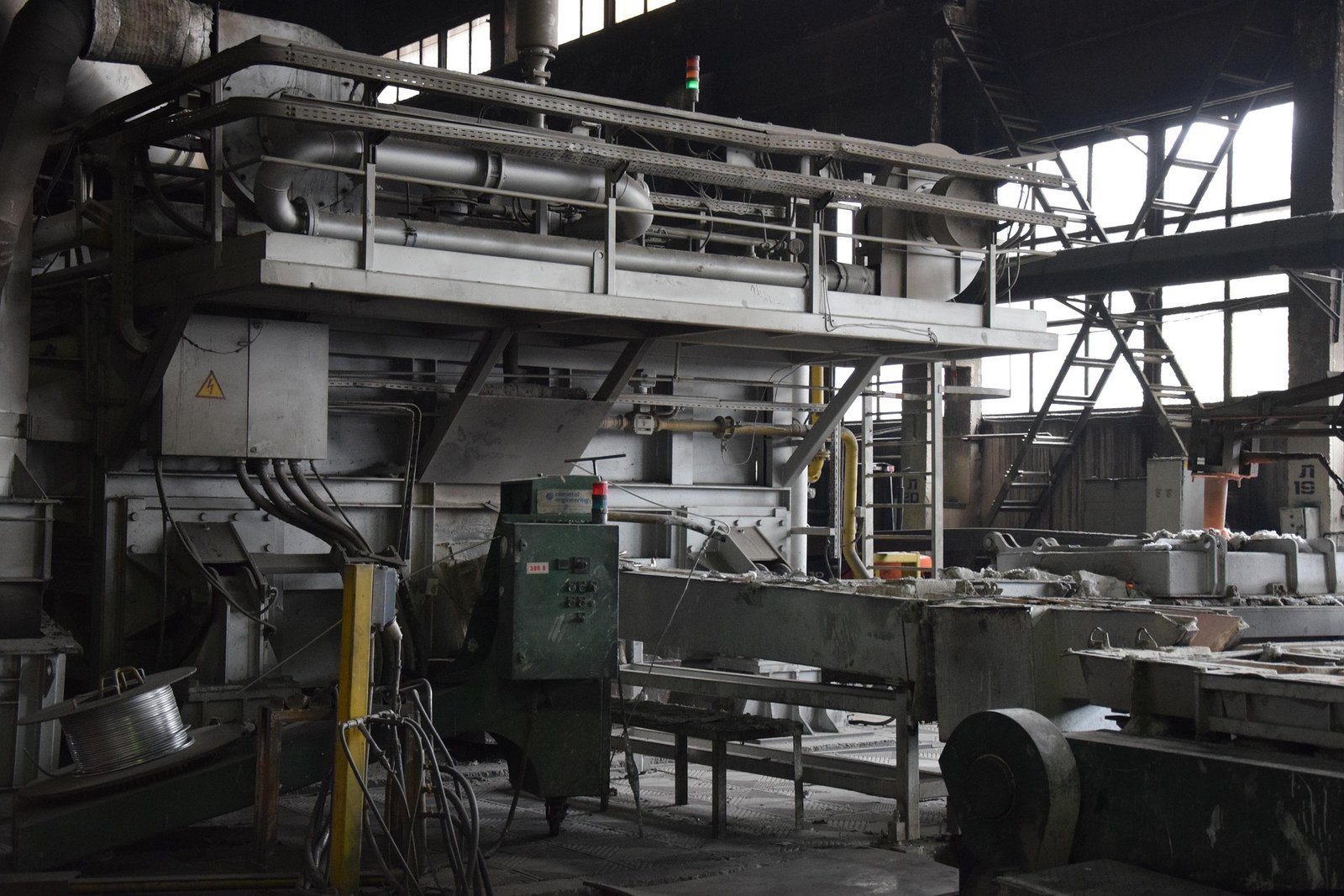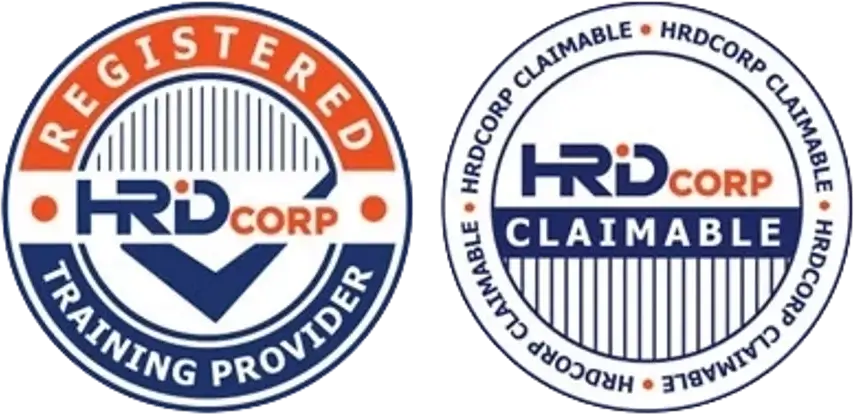What Are the Benefits of Integrating ISO 22000 with ISO 9001?
In today’s competitive business environment, companies are constantly seeking ways to improve their operations and gain a competitive edge. Two essential standards that play a critical role in achieving this are ISO 22000 and ISO 9001. When integrated, these two standards can bring substantial benefits to food manufacturers and other industries focused on quality and food safety. Below, we explore the key benefits of integrating ISO 22000 with ISO 9001.

1. Improved Efficiency and Streamlined Processes
-
Integration eliminates the need for duplicate documentation and processes.
-
Unified systems streamline internal audits and management reviews.
-
Reduced administrative workload as both standards share similar processes, enabling efficient implementation and monitoring.
2. Enhanced Risk Management
-
ISO 22000 focuses on food safety management, while ISO 9001 emphasizes quality management.
-
Together, they allow businesses to better identify and mitigate risks in both quality and food safety, improving overall operational resilience.
-
A holistic approach to risk management enables proactive decision-making to avoid disruptions.
3. Increased Customer Confidence
-
Achieving ISO 22000 and ISO 9001 demonstrates commitment to both quality and food safety.
-
It boosts customer trust by ensuring that products meet global standards, increasing customer satisfaction and loyalty.
-
Integration of both standards assures customers that the company adheres to a comprehensive framework that manages both safety and quality.
4. Cost Savings
-
By integrating ISO 22000 and ISO 9001, businesses can eliminate redundancy in processes, saving time and resources.
-
Reduced need for separate audits and certifications lowers operational costs.
-
Improved process efficiency helps reduce waste, optimize resource utilization, and cut down on potential recalls.
5. Improved Compliance with Regulations
-
Both ISO 22000 and ISO 9001 support compliance with various industry regulations, ensuring businesses stay up-to-date with changes.
-
Integrated systems ensure compliance is more comprehensive and easier to maintain, especially in highly regulated industries like food production and pharmaceuticals.
-
Integration provides clear documentation for both internal and external audits, simplifying regulatory compliance processes.
6. Enhanced Communication Across Teams
-
Integrating the two systems fosters better communication and cooperation across departments.
-
Clearer communication helps create a culture of continuous improvement, where both quality and food safety are prioritized across all levels of the organization.
-
Employees are more likely to follow standardized processes, knowing they align with both safety and quality goals.
7. Better Supplier Relationships
-
ISO 22000 and ISO 9001 require companies to have robust systems for evaluating suppliers and managing risks.
-
Integration makes it easier to monitor and assess supplier performance, ensuring that the entire supply chain adheres to food safety and quality standards.
-
This integrated approach helps maintain strong relationships with suppliers who are also committed to high standards.
8. Scalability for Business Growth
-
An integrated ISO 22000 and ISO 9001 system is more scalable, making it easier to expand operations while maintaining quality and safety standards.
-
Companies can integrate new products, processes, or locations into the system without significant changes, reducing the complexity of expansion.
-
A unified system makes it easier to apply the same standards to new markets or business divisions.
9. Continuous Improvement and Innovation
-
Both ISO standards emphasize continuous improvement, making it easier for companies to adopt new technologies and processes that enhance quality and safety.
-
The integrated approach encourages innovation in both quality control and food safety, ensuring businesses stay ahead of industry trends and customer expectations.
-
Data-driven insights from both systems help identify areas for improvement, supporting a culture of ongoing enhancement.
10. Stronger Market Position and Competitive Advantage
-
Achieving integrated ISO certification enhances a company’s reputation in the market, making it a preferred supplier to clients who value quality and safety.
-
Companies with both certifications can use their integrated systems as a unique selling point to attract more customers and penetrate new markets.
-
The ability to showcase a commitment to both quality and food safety sets businesses apart from competitors who may only adhere to one standard.

Conclusion
Integrating ISO 22000 and ISO 9001 provides companies with a powerful framework that supports continuous improvement, enhances customer satisfaction, and strengthens overall business performance. Whether in food manufacturing or other sectors, integrating these standards will allow your company to effectively manage food safety and quality, optimize operations, reduce costs, and improve overall business outcomes. Adopting this integrated approach is a valuable strategy for businesses aiming to grow, build trust, and stay ahead in today’s competitive marketplace.


